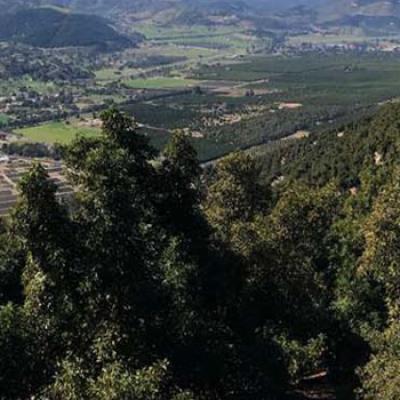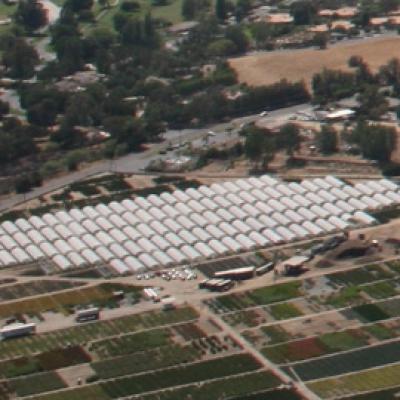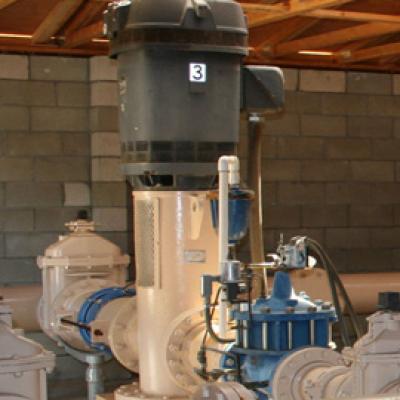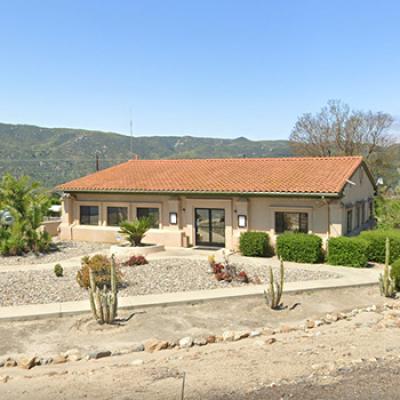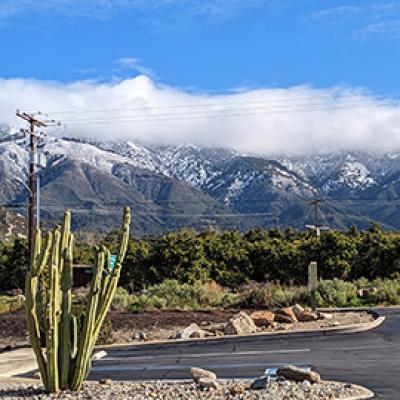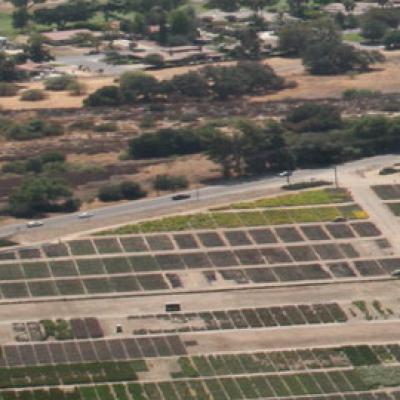Metropolitan Facilities
Colorado River supplies are transported from Lake Havasu through the Colorado River Aqueduct to Diamond Valley Lake and then to Lake Mathews in Riverside County. Before reaching Lake Mathews, a portion of the water is delivered through the San Diego Canal to Lake Skinner, the major storage facility for San Diego, where it is treated.
State Water Project supplies are delivered to Lake Perris, which is the terminus of the 444-mile California Aqueduct. It is then blended with Colorado River water in the San Diego Canal where it flows into Lake Skinner. MWD delivers a blend of Colorado River Water and State Project Water. The percentage derived from each of the two sources varies from year to year, depending on hydrologic, environmental, and political factors.
The MWD Act provides a preferential right for the purchase of water by each of its constituent agencies. The preferential right is calculated using a formula. Based on the formula, the Water Authority has a statutory preferential right to approximately 18.11 percent of MWD’s total supply as of June 30, 2014. MWD has represented that it will provide reliable water supplies notwithstanding preferential rights.
Water Authority Facilities
The San Diego County Water Authority (Water Authority) was organized on June 9, 1944 under the County Water Authority Act (Act). The Water Authority’s primary purpose is providing wholesale water to its member agencies for domestic, municipal, and agricultural uses. The Water Authority consists of 24 member public agencies that are each represented by at least one person the Water Authority’s Board of Directors. The Water Authority is a member of the Metropolitan Water District of Southern California (MWD). Historically, the Water Authority purchased all the water it required from MWD to meet the demand of the member agencies. The Water Authority has been in the process of diversifying its supply. Pursuant to the Quantification Settlement Agreement (QSA), signed October, 2003, and its related contracts, the Water Authority is obtaining conserved water from the Imperial Irrigation District (IID) and will also receive water conserved by the lining of the All-American and Coachella Canales. The Water Authority also adopted a Regional Water Facilities’ Master Plan in 2004 that calls for further supply diversification.
Water Authority takes delivery of water from MWD through five primary pipelines buried in two rights of way called the San Diego Aqueducts. The delivery points are located about six miles south of the Riverside-San Diego County line. From there, water is distributed through more than 279 miles of pipeline to Water Authority’s 24 member agencies through 119 service connections to serve 2.7 million residents in San Diego County.
The Water Authority does not own any storage facilities. However, it does have storage agreements with the City of San Diego, Ramona, and Sweetwater. It has recently implemented an Emergency Storage Project (ESP), a system of dams, reservoirs interconnected pipelines and pumping stations designed to make water available to the San Diego region in the event of an interruption in imported water deliveries. The ESP is projected to meet the county’s emergency needs through 2030 and will add 90,100 acre-feet of reservoir capacity for emergency use within the county. It includes the 318-foot-high Olivenhain Dam and 24,000 acre-foot reservoir (completed in 2003); a pipeline connecting the new Olivenhain Reservoir to the Water Authority’s Second Aqueduct (completed in 2002); a pipeline connecting the new Olivenhain Reservoir with Lake Hodges (under construction); a pipeline connecting San Vicente Reservoir to the Water Authority’s Second Aqueduct (under construction); raising the San Vicente Dam 117 feet to provide additional water storage (completed in 2014); five new pump stations; and related facilities.
Yuima Connection
Yuima is served off the First Aqueduct, Pipeline No. 1 near Couser Canyon Road in Valley Center just north of Lilac Tunnel and receives treated water from Lake Skinner. Our water operators communicate with the Authority and make delivery requests twice daily following our estimated flow demands in excess of our local water delivery ability. Because these connections can access only treated water supplies from the Skinner Treatment Plant, Yuima’s total access to imported water is affected by the capacity limitations of Skinner, which has operated recently at or near its design capacity.



